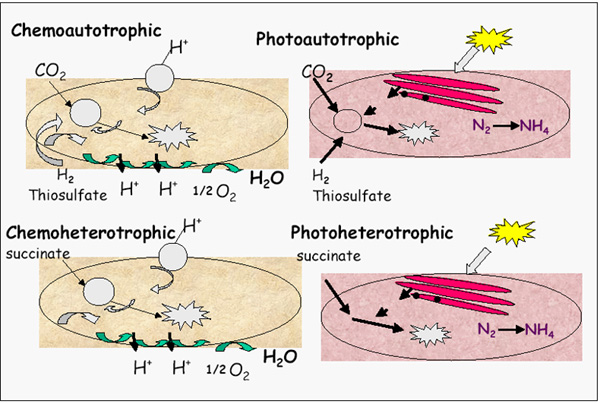Trichgnomes
Member
That liter can easily last a year, because if I start with EM:molasses:water at 1.5:1:20, I can actually use the second fermentation to make another, and another. Just like sourdough starters, it eventually has to be refreshed or it becomes local wild stuff. This product is the cheapest I have ever used.
mad lib- I was curious as to if this is the ratio you always use. I am about to brew up a 5 gallon batch, (only the second I have brewed), and last time used a ratio of 1:1:20. Should I up it to the 1.5? I followed the instructions, but didn't really do much post-research to find out what ratios others are using.
Also, do you use the the AEM in place of the EM for the second batch? Does the water/molasses ratio stay constant?



